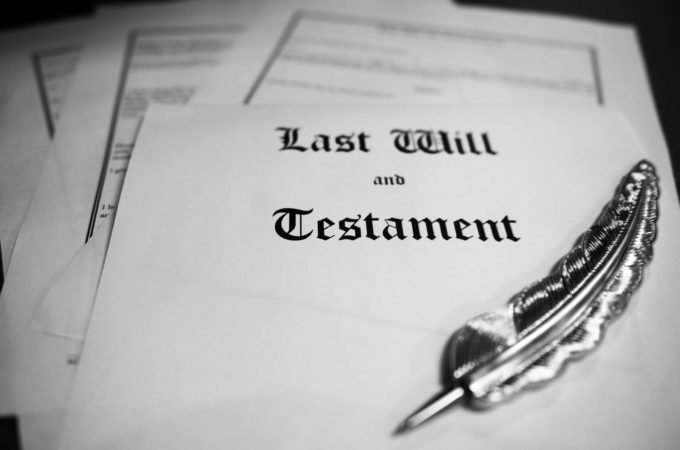Determining the bearer of the tax burden on income earned in an individual’s estate is not as simple as one might think. There are some basic taxation rules that apply to an estate which result in either the estate or the beneficiaries becoming ultimately liable for the tax.
The tax burden
An estate is responsible to pay tax on the income earned from assets held by the estate where the income is neither paid nor payable to a particular beneficiary. This tax burden can be shifted from the estate to a particular beneficiary if it is paid or payable to that beneficiary in the year under paragraph 104(6)(b) and subsection 104(13) of the Income Tax Act (ITA).
Subsection 104(24) provides a legislative restriction to the consideration of “payable” stating that an amount is deemed not to have become payable to a beneficiary in a taxation year unless it was paid in the year to the beneficiary or the beneficiary was entitled in the year to enforce payment of it.
There are various situations that can cause problems with the operation of these taxation rules. One of those situations is the “executor’s year”.
Executor’s year
The “Executor’s Year” is a common law rule that gives estate trustees one year to administer the estate before beneficiaries have a legal entitlement to demand payment. Given that the beneficiaries have no legal entitlement to enforce payment of the estate’s income during the executor’s year, then subsection 104(24) would apply to deem the amount of income earned, and not paid, during the executor’s year to not be payable to the beneficiary restricting the ability for the estate to shift the burden of taxation to the beneficiary.
Now if the administration of the estate continues beyond the executor’s year, then the Canada Revenue Agency’s (CRA) administrative position, as outlined in paragraph 6 of IT-286R2, is to allow income in the executor’s year to be considered payable to the beneficiaries as long as all of the beneficiaries agree to this treatment. This administrative position assumes that the income is otherwise payable to the beneficiaries. This administrative position does not apply when the estate is wound-up prior to the end of the executor’s year due to the fact that amounts have legally been paid or payable to the beneficiaries based on the terms of the will and other laws that impact the administration of the estate.
Other designations available
To further complicate matters, there are designations that can be filed under ITA subsection 104(13.1) or (13.2) which will shift the taxation of income that is otherwise paid or payable to the beneficiaries back to the estate. These designations counter the effect of the paragraph 104(6)(b) and subsection 104(13). It is important to note that since 2016, the application of these two designations has been limited by subsection 104(13.3) which operates to invalidate any designation made under subsection (13.1) or (13.2) if the trust’s taxable income for that year is greater than nil. In Department of Finance’s explanatory notes to subsection 104(13.3), it is stated that the intent of this subsection is to ensure that subsection 104(13.1) or (13.2) designations “are made only to the extent that the trust’s tax balances (e.g., loss carry-forwards) are applied, under the rules that apply in Division C, against all of the trust’s income for the year determined after the trust claims the maximum amount deductible by it under subsection 104(6).”
Conclusion
The taxation of income earned by an estate is not as simple as the executor or executrix making a decision on who will bear the tax burden: the estate or the beneficiaries. The ultimate responsibility for the tax burden is determined by the taxation rules contained in subsections 104(6) to 104(29), as well as, the operations of trust law and the terms of the will itself.


0 Comments